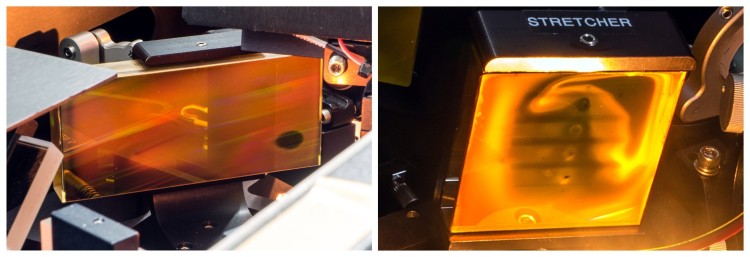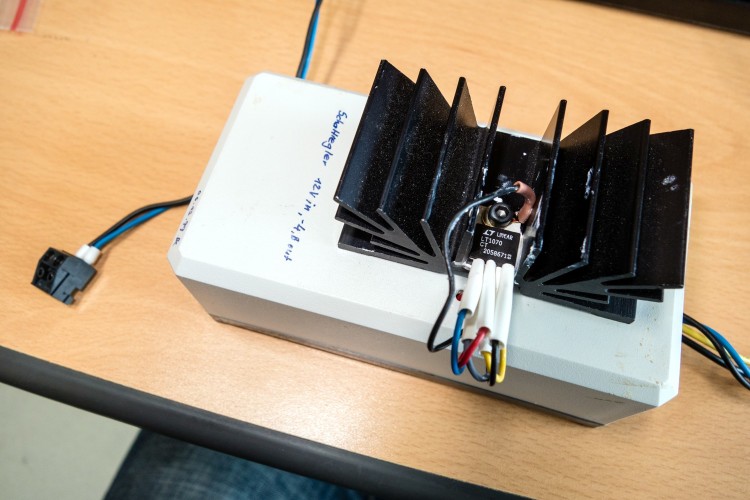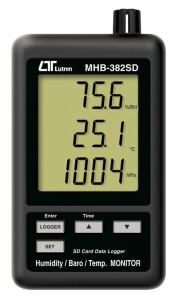How to determine rotational constants from CRASY data
Observing rotational coherences in time allows you to determine rotational constants of molecules with high accuracy. But what does high accuracy mean? Indeed, you can only be as accurate as the measurement you performed. If your measurement is sensitive to enviromental conditions, you have to also measure these conditions precisely. (more…)


